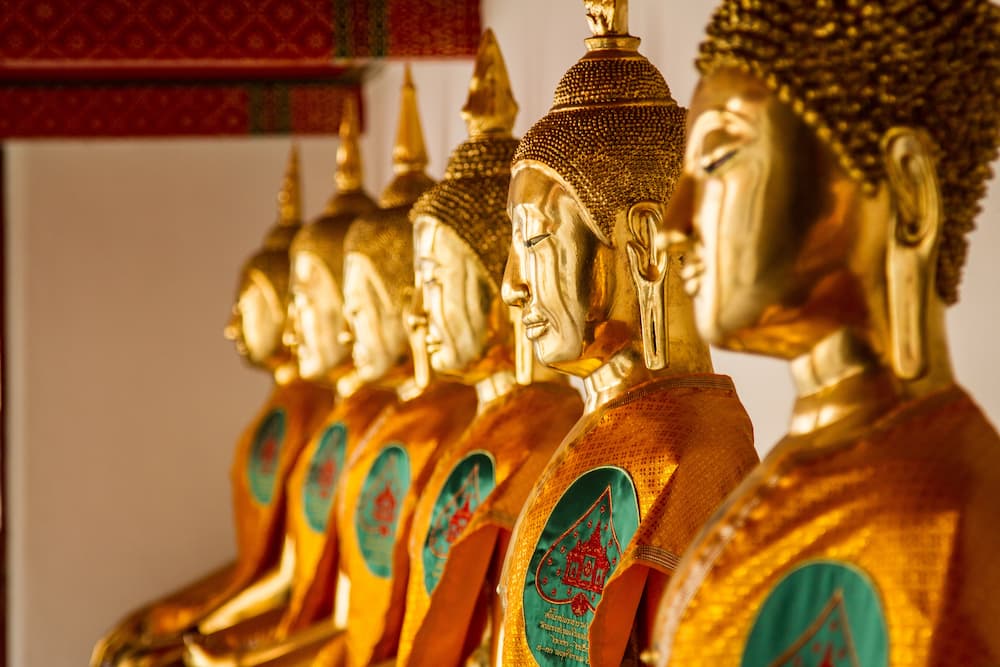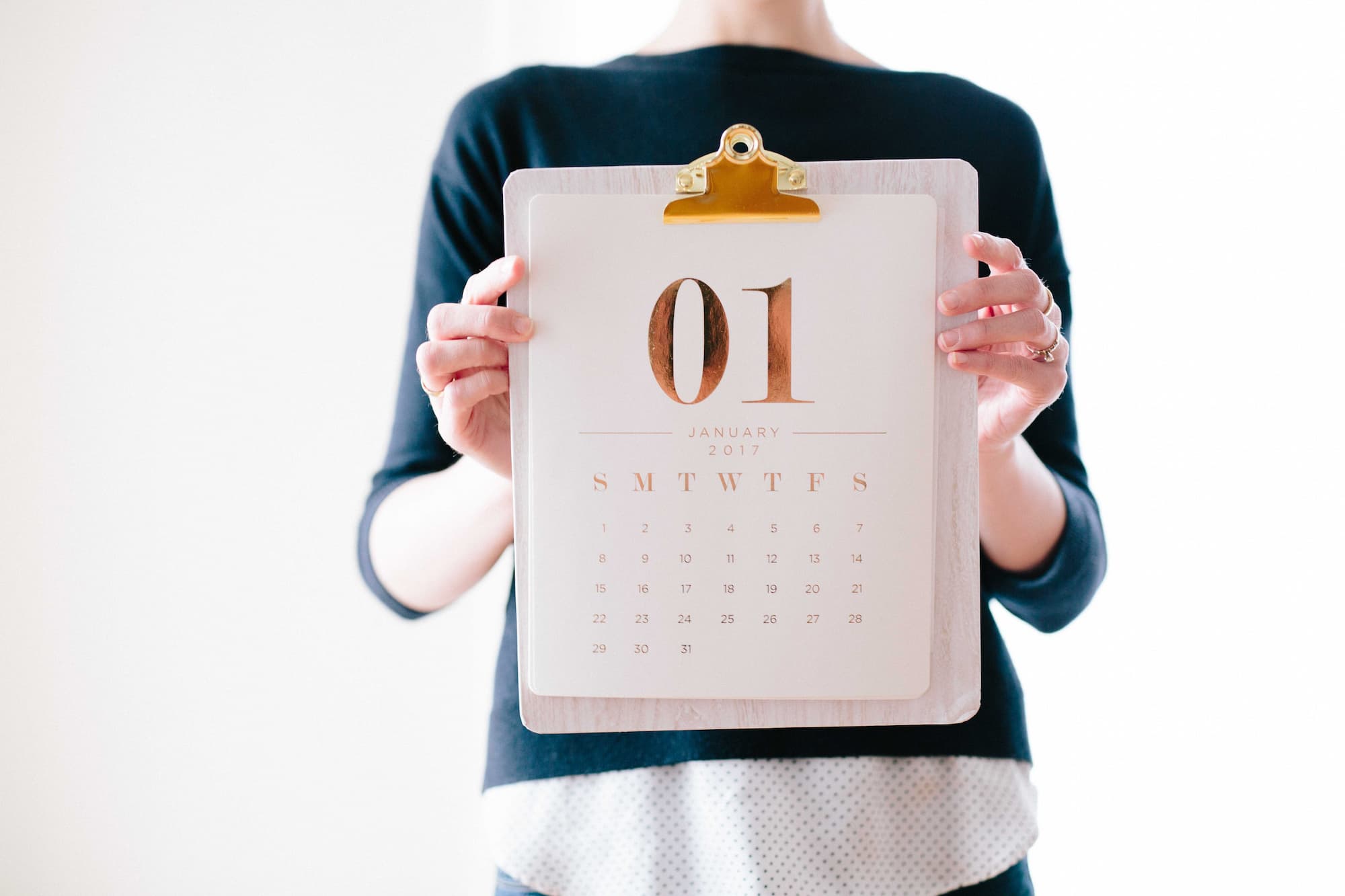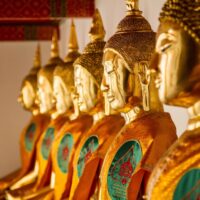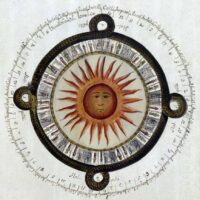Chinese calendar
The Chinese calendar is represented by two types of calendars: solar (agricultural) and solar-lunar. The second of them is historically known in two versions: the Xia calendar (after the name of the first semi-mythical dynasty 夏), the most popular in East Asia, counting the year in spring; as well as the Zhuang calendar, named after the first ancestor of the Qin dynasty, Zhuan-xu, counting the year to autumn (see below the Qin Dynasty Calendar).
In modern China, the Gregorian calendar has also come into use, but the lunar calendar, as before, is widely used to determine the dates of traditional holidays: “Spring Festival” (Chinese New Year), Mid-Autumn Festival and others, and to determine the start dates of certain types of agricultural work. The “Spring Festival” (New Year) according to the lunar calendar is variable and falls annually on the day of the “First New Moon”. The onset of the new year is the second, counting from the winter solstice (December 21-22), the new moon, which from 1645 to 2644 occurs not earlier than January 21 and not later than February 21 (for example, the year 4716 of the yellow pig from February 5, 2019 to January 24 2020). According to the Xia calendar, the “Beginning of Spring” falls annually on the 4th, 5th or 6th day of February.
The Xia calendar is used for mantic purposes, for example, when choosing the most favorable days for weddings, opening institutions – any other events. The personal “card of fate” min shu 命 书 is also calculated using the Xia mantic calendar.
In China, the Gregorian calendar is called “standard” (公曆 gōnglì), “western” (西 曆 xīlì), or “solar” (日曆 rìlì). After the introduction of the Gregorian calendar, it was also called new, respectively, the lunar calendar – old.




















Recent Comments